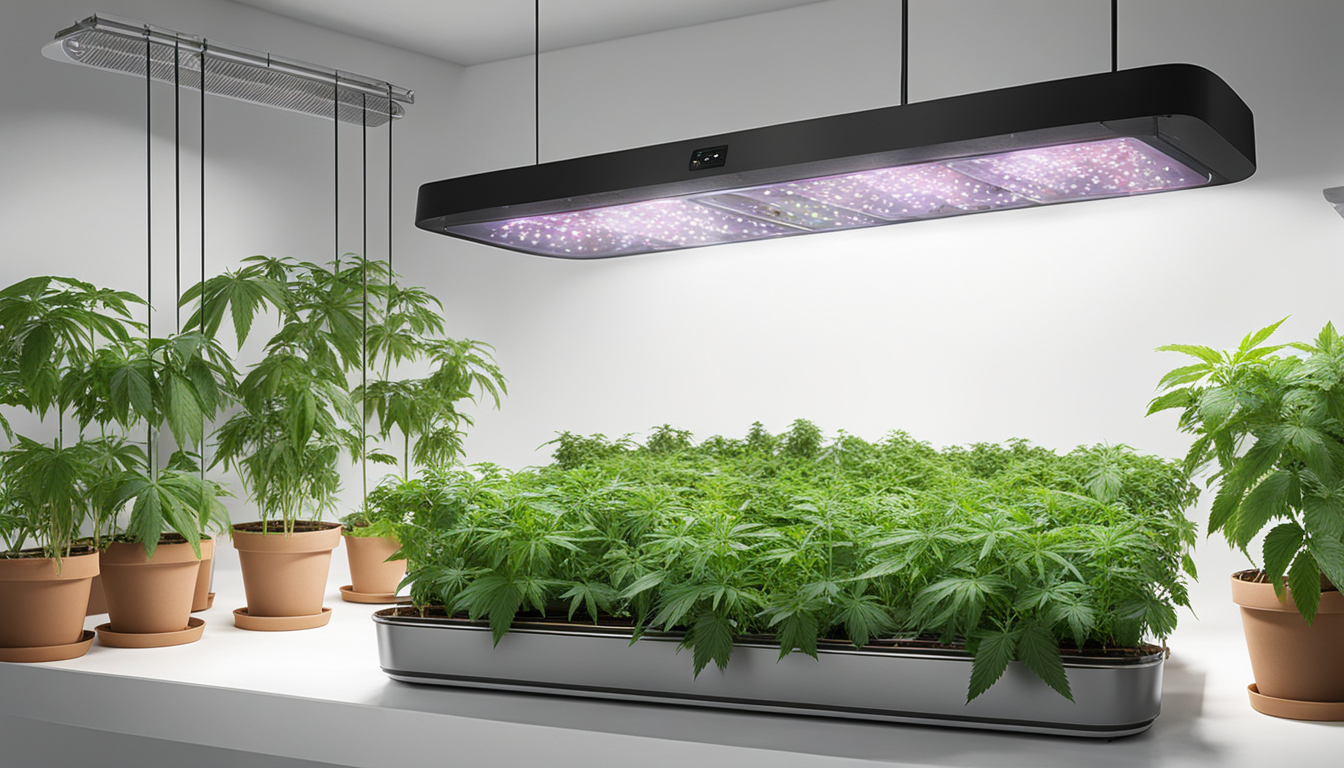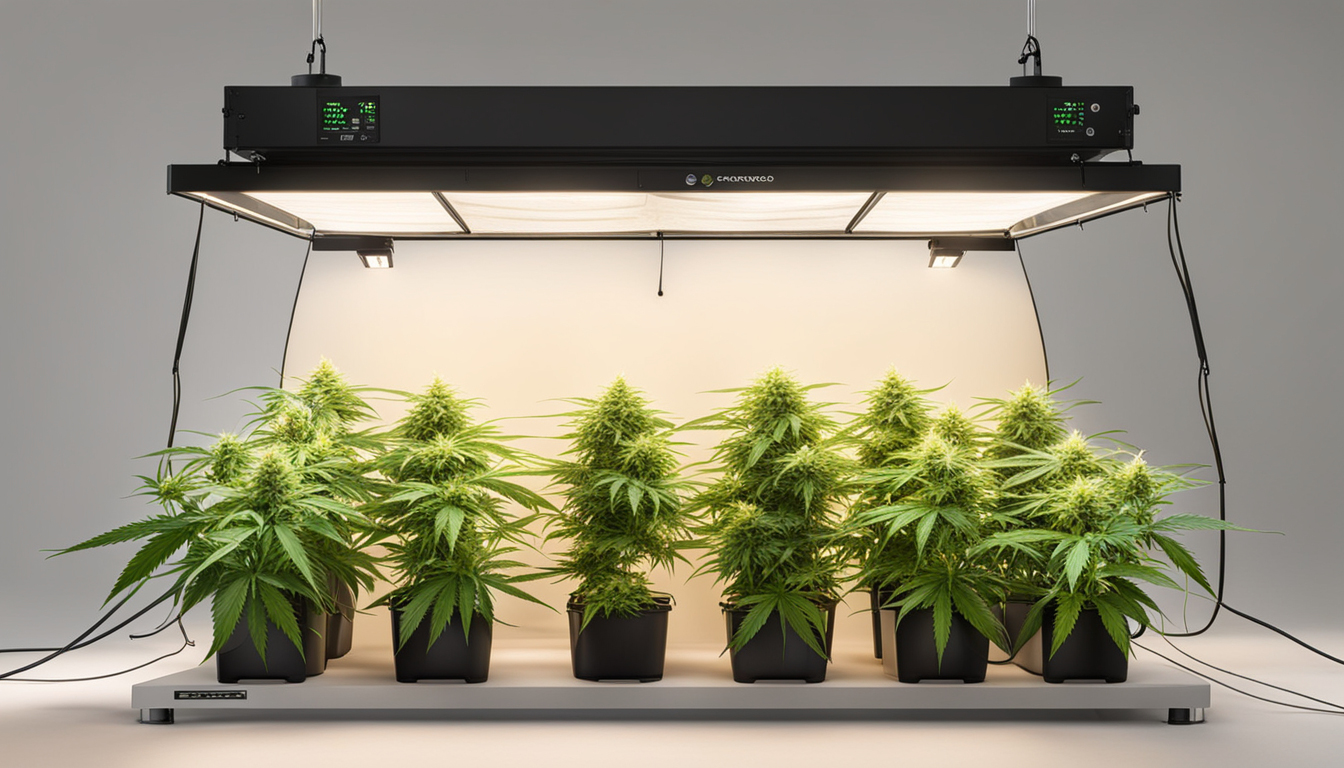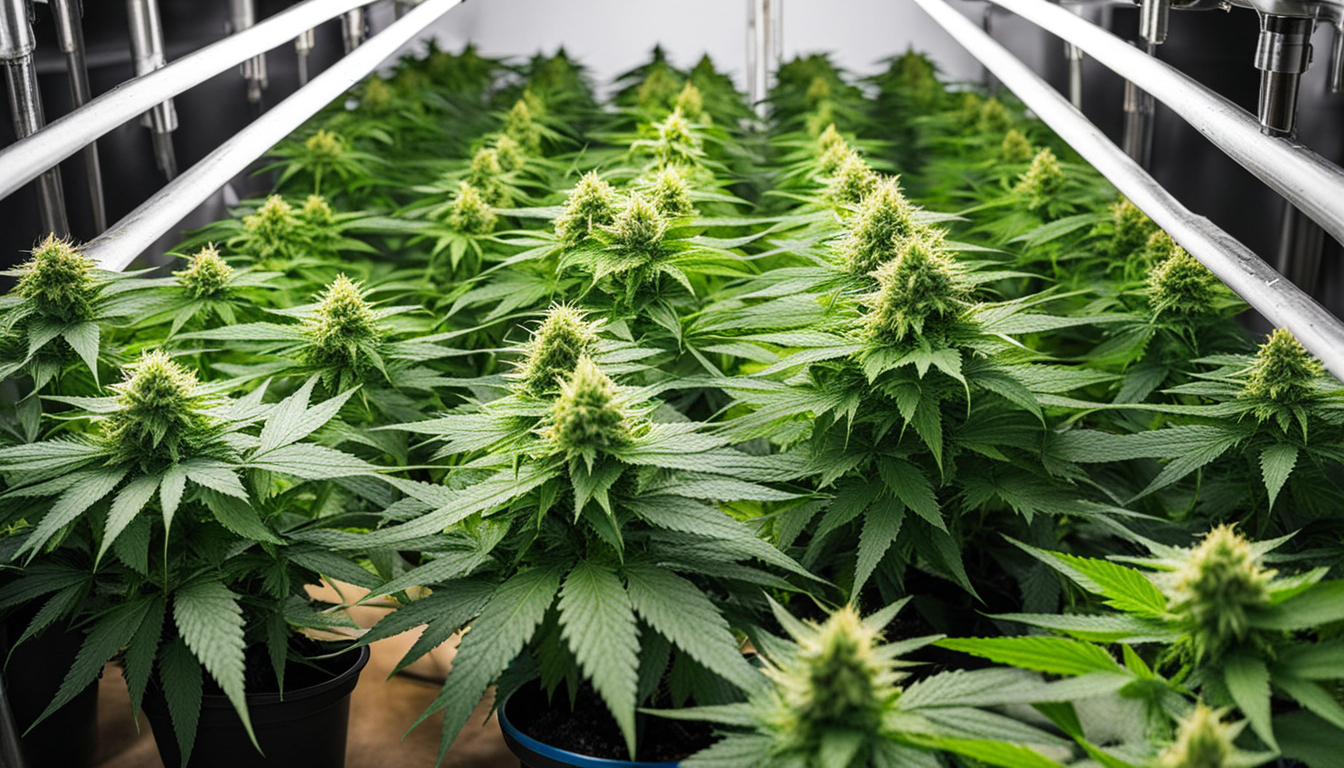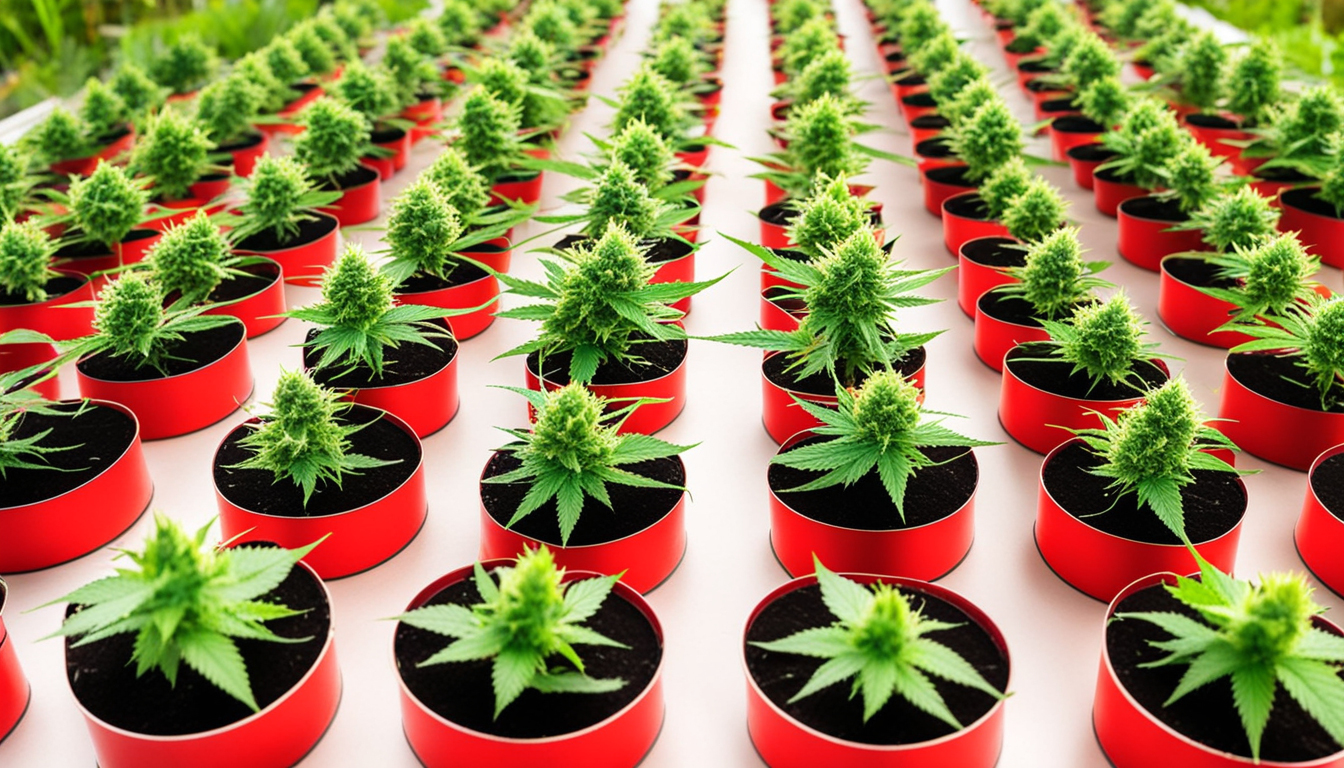
Whether you're just starting out with pot cultivation or looking to improve your existing crop, following this complete guide will help you produce bountiful, high-quality yields right at home. With the right supplies, techniques, and care, growing marijuana indoors can be an extremely satisfying and cost-effective endeavor.
Choosing Pot Varieties
The first step in planning your indoor grow is picking the right weed varieties to grow. The three main types of pot plants each have their own qualities.
Energizing strains
Known for their energizing cerebral effects, sativas grow tall and slender with narrow leaves. They thrive in hotter tropical climates and have a longer blooming time between 2.5-3 months indoors. Top sativa strains include Sour Diesel, Durban Poison, and Jack Herer.
Indicas
Indicas provide calming body-focused effects and spread short and bushy with wide leaves. Accustomed to colder mountain climates, they bloom faster within 2-2.25 months. Popular relaxing strains include Granddaddy Purple, Northern Lights, and Bubba Kush.
Hybrids
Hybrid strains blend traits from both energizing strains and relaxing strains. They offer blended effects and have medium blooming times around 2.25-2.5 months. Popular mixes are Blue Dream, OG Kush, and Blue Dream.

Setting Up Your Cultivation Space
Marijuana plants need the right controlled environment to thrive. Key factors for indoor grows are lighting, airflow, layout, and finding the ideal discreet spot.
Location
Choose an empty space with easy access to irrigation and electrical outlets. An empty spare room, large closet, corner of the basement, or cultivation tent tucked away in a garage all make great stealthy cultivation room spots.
Lights
Weed requires intense light for all vegetative stages. LED grow lights are energy-efficient and come in broad spectrum options simulating natural sunlight. Provide 250-400 watts per square foot for the growth stage and 400-600 watts per sq. ft. for flowering.
Ventilation
Proper ventilation and exhaust systems maintain ideal temperature, moisture, and fresh CO2 levels. Install low-noise 4-6 inch fans or scrubbers to refresh old air and reduce odors.
Layout
Maximize your space by positioning plants strategically under the lamps and allowing room to reach and work around them. Set up distinct zones for vegetation, bloom, drying, and cloning.

Cultivation Mediums
Cannabis can be cultivated in different substrates, each with pros and cons. Pick a appropriate option for your specific setup and cultivation style.
Soil
The classic substrate, soil is affordable and simple for beginners. It provides excellent flavor but needs more watering and nutrients to feed plants. Amend soil with vermiculite or coco to improve drainage.
Coco Coir
Made from coir, reusable coconut fiber holds water but still allows air to the roots. It's more sterile and more predictable than soil. Use coco-specific fertilizers to avoid calcium buildup.
Water systems
In hydro systems, plant roots develop directly in fertilizer water solution. This allows quick growth but needs careful observation of water properties. DWC and drip systems are popular methods.
Germinating Seeds
Sprouting prepares your cannabis seeds to begin growing taproots. This readies them for transplanting into their growing medium.
Towel Method
Put seeds between moist paper towel and keep them damp. Check after 2-7 days for growing radicles indicating germination is complete.
Planting directly
Plant seeds directly into wetted cultivation medium 1⁄4 inch deep. Gently water and wait 7-14 days until sprouts push through the top.
Rockwool Cubes
Presoak cubic rockwool starters in balanced water. Place seeds 6mm deep into the cubes. Keep cubes moist until sprouts appear within 1-14 days.
Transplanting Young plants
Once germinated, weed seedlings need to be repotted to avoid overcrowding. Move them into proper sized pots.
Preparing Containers
Fill final containers with cultivation medium amended with slow-release fertilizer. Allow containers to absorb water for 8-12 hours before transplanting.
Carefully Transplanting
Gently loosen young roots from germination medium using a spoon. Place into pre-soaked pot at same depth as before and lightly water in.
Vegetative Stage
The growth stage encourages foliage and plant structure through 18-24 hours of continual lighting exposure. This stage usually lasts 4-8 weeks.
Using 3/4 to full day of Lighting
Use grow lights on a 24 hour schedule or outdoor light to initiate constant growth. Lamp output influences height and node distance.
Fertilizing
Use vegetative stage nutrients higher in N. Make sure pH remains around 5.8-6.3 for proper nutrient absorption. Feed 1⁄4 to 1⁄2 concentration after 14 days and strengthen slowly.
LST and topping
Topping, low stress training, and Learn More scrogging manipulate growth patterns for flat foliage. This boosts yields.

Flowering Stage
The flowering stage develops buds as plants show their sex under a 12/12 cycle timing. It lasts 2-3 months depending on variety.
Changing Light Schedule
Switch grow lights to 12 hours on, 12 hours off or move outside for outdoor 12 hour cycle. This signals plants to start flowering.
Flushing
Leaching flushes out nutrient salts to improve taste. Feed weakly the first weeks then just use pH'd water the last 2 weeks.
Flushing
Maintain 12/12 light Donate Here timing but flush using pH-balanced water only. Return to clean watering if buds aren't yet mature after two weeks.
Harvesting
Knowing when pot is completely mature ensures maximum cannabinoid content and aroma. Cut down plants at optimal maturity.
Identifying Ripeness
Check fading pistils, swelling calyxes, and 5-15% amber trichomes. Inspect buds across the plant as they don't all mature evenly.
Cutting Plants
Use clean, sharp trimming scissors to gently cut each plant at the base. Leave 5-10cm of stem attached.
Curing
Suspend whole plants or branches inverted in a dark room with average temp and humidity around 50-60% for 7-14 days.
Aging
Aging continues desiccating while improving the buds like aged spirits. This process mellows bitterness and intensifies cannabinoid contents.
Jars and Humidity
Trim cured buds from stems and store into glass jars, filling about 75% capacity. Use a sensor to measure container moisture.
Burping Daily
Unseal containers for a few hours each day to slowly reduce moisture. Remoisten buds if RH drops below 55%.
Long term storage
After 2-3 weeks when moisture stabilizes around 55-65%, Subscribe Now do a final manicure and store forever in airtight jars.
Common Problems and Solutions
Even seasoned growers run into different marijuana plant problems. Identify problems early and fix them properly to keep a healthy garden.
Poor feeding
Yellowing leaves often signify insufficient nitrogen. Anthocyanins and leaves signal phosphorus deficiency. Test pH and increase fertilizers gradually.
Bugs
Spider mites, fungus gnats, mites, and nematodes are common marijuana pests. Use neem oil sprays, predator bugs, and sticky traps for natural control.
Powdery mildew
High moisture encourages botrytis and bud rot. Improve circulation and circulation while reducing humidity below 50% during bloom.

Summary
With this complete indoor cannabis cultivation guide, you now have the info to cultivate plentiful potent buds for private grows. Follow these steps and methods during the germination, growth, and bloom stages. Invest in quality gear and closely check on your plants. In time, you'll be rewarded with frosty aromatic buds you raised yourself under the patient guidance of your green hands. Happy growing